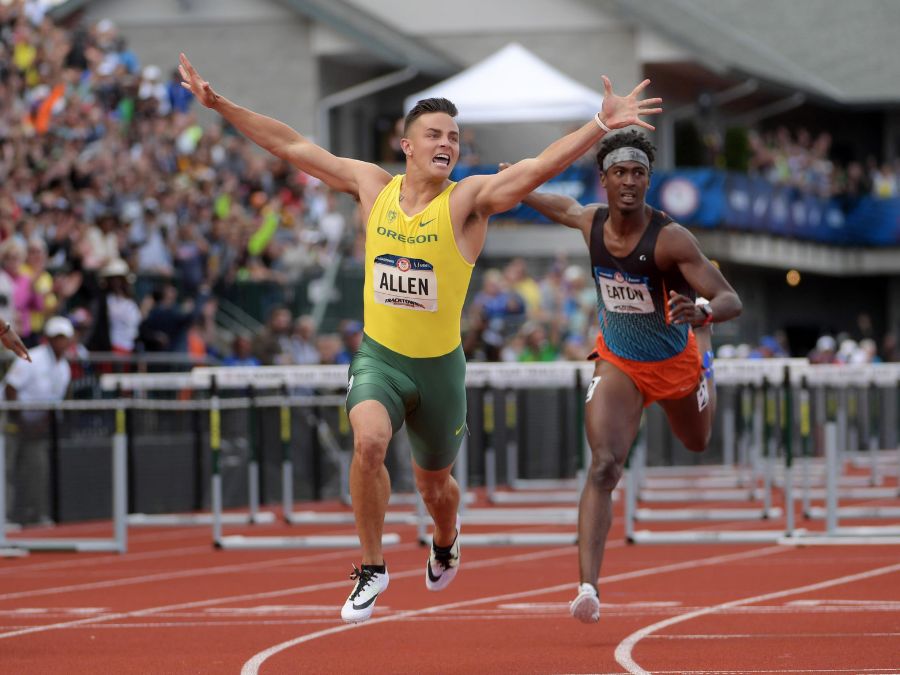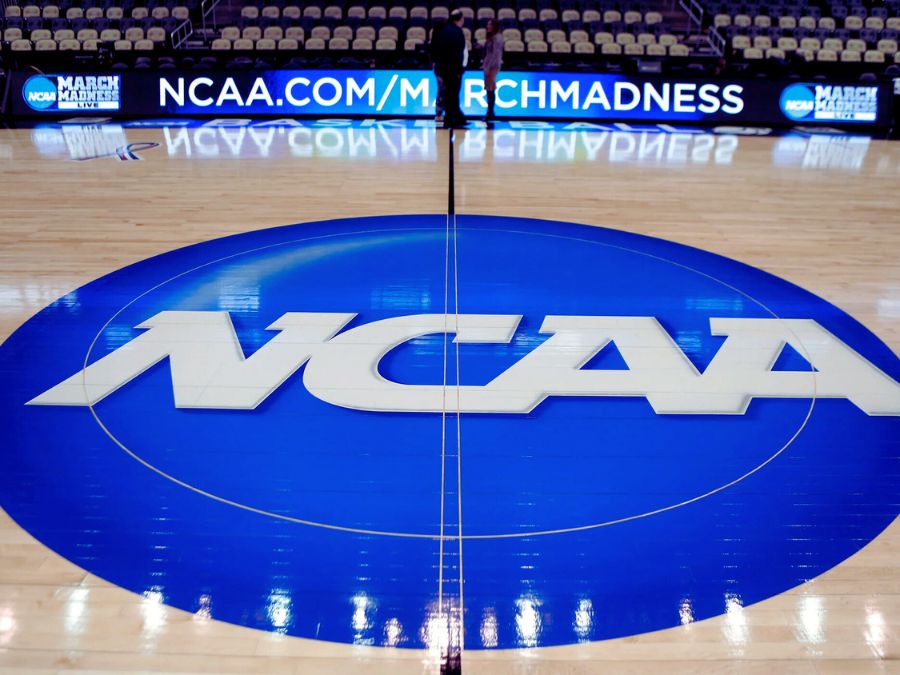In a groundbreaking move, the NCAA and the five largest college athletic conferences have reached a historic settlement, agreeing to pay $2.7 billion to student-athletes. The settlement, which affects over 14,000 athletes who played between 2016 and 2020, marks a major shift in the landscape of college sports.
If approved by a California court, this agreement will not only compensate athletes for past financial losses but also implement a revenue-sharing plan that guarantees athletes a share of the money their schools earn from media rights and ticket sales.

The settlement will provide athletes with up to 22% of their schools’ annual media and ticket revenue, potentially exceeding $20 million per school each year. This deal is set to take effect in the fall of 2025, and could grow as television and broadcasting contracts increase in value. The move comes as part of a broader wave of legal changes aimed at addressing the financial exploitation of student-athletes, a debate that has raged for years.
While top-tier athletes have benefited from the right to profit from their name, image, and likeness (NIL), the new agreement seeks to ensure that athletes across all sports receive a fair share of the financial pie.
NIL deals have already made stars like Colorado quarterback Shedeur Sanders and basketball player Caitlin Clark multimillionaires, but these opportunities are not equally accessible to all college athletes. This settlement aims to level the playing field, ensuring athletes in less high-profile sports also receive compensation for their contributions.

However, the shift could have significant consequences for college athletic programs. Smaller, less profitable sports may struggle to maintain funding as schools divert funds to meet the demands of the new revenue-sharing model.
Experts warn that colleges may be forced to cut programs that are not as commercially viable. “The sports that can’t be commercialized will find it increasingly difficult to compete,” said Paul Haagen, a law professor at Duke University.
Despite the historic nature of this settlement, it does not put an end to the legal challenges facing college sports. The NCAA remains entangled in lawsuits that accuse it of unlawfully restricting athletes’ earning potential. This settlement is seen as a way for the NCAA to limit its financial exposure and avoid further legal fallout.

Additionally, Title IX — the federal law that mandates equal opportunities for male and female athletes — could bring more legal scrutiny. Some critics believe that the new revenue-sharing plan could violate gender equity laws, depending on how the money is distributed across sports. Sports attorney Darren Heitner noted, “This settlement is a step forward, but legal challenges over Title IX compliance are likely to follow.”
While this settlement represents a significant step toward fairer compensation for college athletes, it is just the beginning of a new era in college sports. With billions of dollars at stake and ongoing legal uncertainty, the future of college athletics will depend on how these new rules evolve and whether schools can balance the commercialization of sports with the integrity of the collegiate model.























